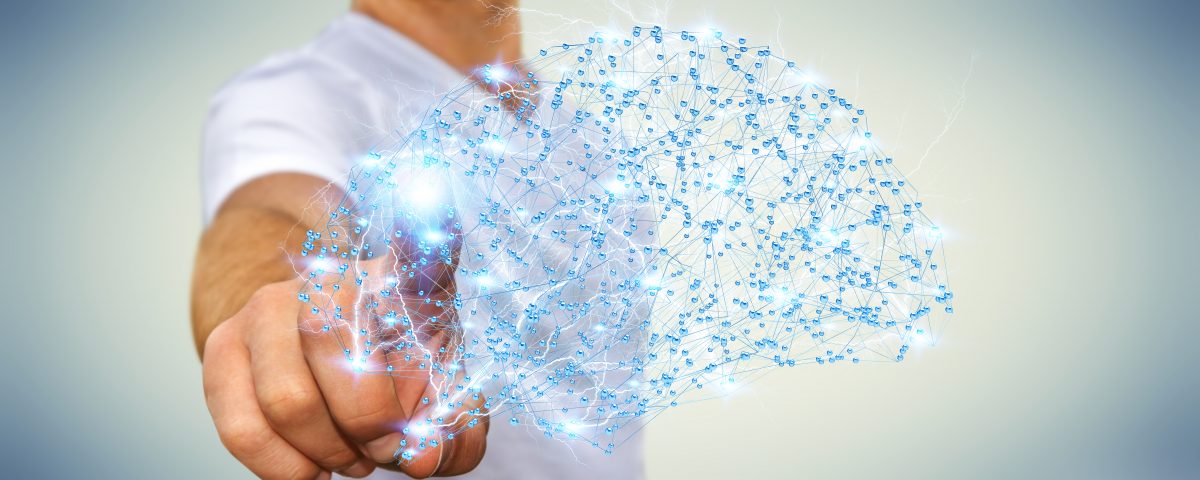The team at the New Zealand College of Chiropractic have done it again! A new study looking at whether chiropractic adjustments lead to changes in the way the brain controls muscles was recently accepted for publication in the Journal ‘Brain Sciences.’ The study was made possible by funding from the Australian Spinal Research Foundation, the Hamblin Chiropractic Research Fund Trust, the New Zealand College of Chiropractic and Koç University in Istanbul, Turkey. This latest piece adds to an important body of evidence surrounding chiropractic care, and examines whether changes in muscle drive occurred at a brain or spinal cord level.
The last fifteen to twenty years have seen slow but steady advancements in terms of evidence surrounding chiropractic care. Within this body of evidence, studies on the neural plastic effects of spinal manipulation (as it is called in academic journals) have emerged with encouraging and even exciting results. Clinical trials are slowly building up in the evidence bank, and this is wonderful news for the chiropractic profession. There is a world of work yet to be done, but we are on our way.
The latest piece of work to add to the bank emerges from Dr Heidi Haavik and the team from the Centre for Chiropractic Research at NZCC. It looked at the impact of spinal manipulation on the cortical drive to upper and lower limb muscles. With previous research showing that chiropractic spinal adjustments can increase the strength of leg muscles, the team was interested to know more about whether the increase in strength was occurring at the brain or spinal cord level.
“We used transcranial magnetic brain stimulation and tested the muscle responses with increasing brain stimulations,” says lead author Heidi Haavik (PhD, DC). “We also tested spinal cord excitability to the same muscles using a method called F waves. One other thing we measured in this study was a type of brain measure that we know is 100% happening in the brain (and not the spinal cord) called a Movement Related Cortical Potential (MRCP).”
Haavik went on to explain that the early part of the MRCP is known to happen exclusively at the level of the cortex in the brain. In this study, Haavik and her team looked at both a hand muscle and a leg muscle in different experiments, before and after either a control intervention or a chiropractic intervention.
The full study, including all the details is available here. But if you just want the scoop, here’s what you need to know:
- The results of their study showed large changes in the maximum output of the muscle after an adjustment session when they stimulated over the brain, with no changes in the spinal cord measure and significant changes in the MRCP brain measure.
- These results are consistent with previous findings that have suggested increases in strength following chiropractic adjustments were due to descending cortical drive from the brain and that the strength changes could not be explained by possible changes at the level of the spinal cord.
- Although this study must be followed up with more research studies to confirm and explore the matter, the potential clinical applications of this study are quite exciting.
“This research has big implications,” says an enthusiastic Heidi Haavik. “It is possible that patients who have lost muscle tonus and/or are recovering from muscle degrading dysfunctions such as stroke or orthopaedic operations could also benefit from chiropractic care. These findings are also very relevant to sports performers (although this too must also be followed up with more research), because it indicates that chiropractic care may help their brains to more efficiently produce greater outputs. So all in all a very exciting study!”
Congratulations to the team on getting another important piece of chiropractic research published, and contributing to the body of knowledge surrounding why and how chiropractic care works. It is indeed a very exciting study.
Source:






